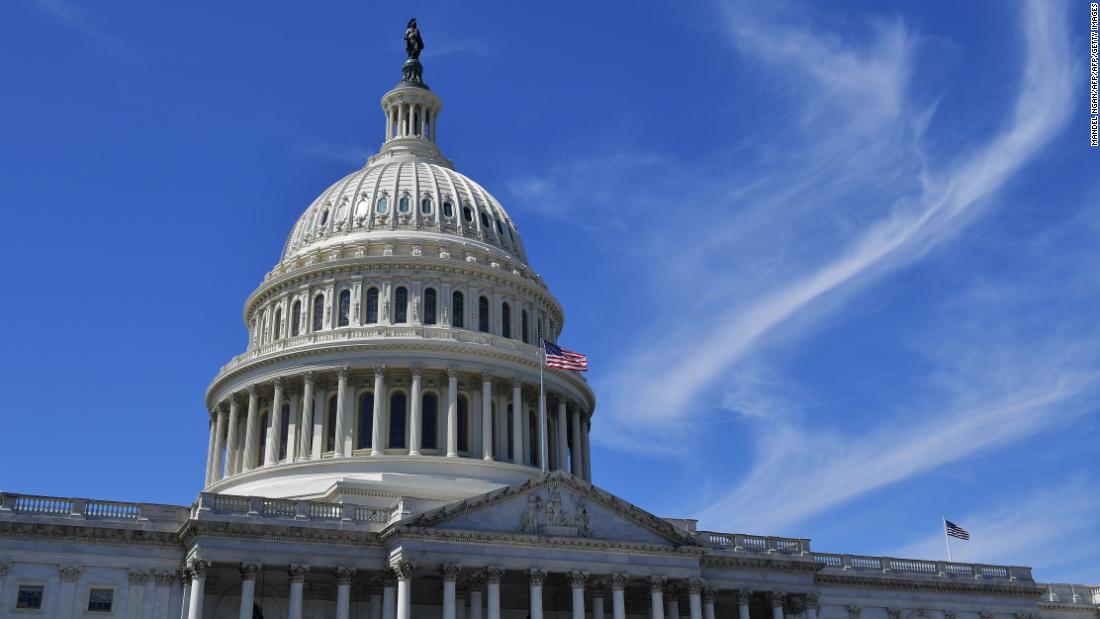
(Pfizer's Covid vaccine must be kept between about negative 60 and negative 80 degrees Celsius).
States need more moneyThe Association of State and Territorial Health Officials, in concert with the Association of Immunization Managers — whose members will handle many of the intermediary steps between the federal government's delivery of the vaccine and the point where it is injected in a patient's arm — told Congressional leaders last month that they will need $8.4 billion in the next coronavirus emergency aid package to handle some of those challenges.And the Department of Health and Human Services told the National Governors Association that the next tranche of Covid vaccine readiness funding would be awarded by mid-December: $140 million to "expand this readiness work and fill initial gaps." In that memo, HHS officials underscored that "most of the major costs of a vaccine campaign are already being covered," including the costs of the securing the vaccines themselves and "almost all transportation," as well as insurance reimbursements for providers and a federal fund that will cover the costs of vaccinating the uninsured.But in response to governors' questions about whether there will be more funding to make sure they have enough "boots on the ground" to conduct the vaccinations, the department acknowledged that "existing clinical infrastructure will be heavily relied upon." Some of the biggest ticket items included in the $8.4 billion request from the Association of State and Territorial Health Officials and the Association of Immunization Managers was $3 billion for workforce recruitment and training, $1.2 billion for cold supply chain management, $500 million for the modernization of the data capabilities for Immunization Information Systems, and $1 billion for the creation of additional vaccination sites that can accommodate safe social distancing as people line up to get the vaccine, as well as protection for health workers from the elements at outdoor sites.A key panel considers which groups will get the vaccine firstThe CDC's Advisory Committee for Immunization Practices (ACIP) has called an emergency meeting Tuesday so they can vote on recommendations for the first people to get a coronavirus vaccine, once one gets emergency authorization from the FDA.While most agree that front-line health workers should be first in line, there are ongoing discussions about whether residents of nursing homes and long-term care facilities should also be included in the first round.